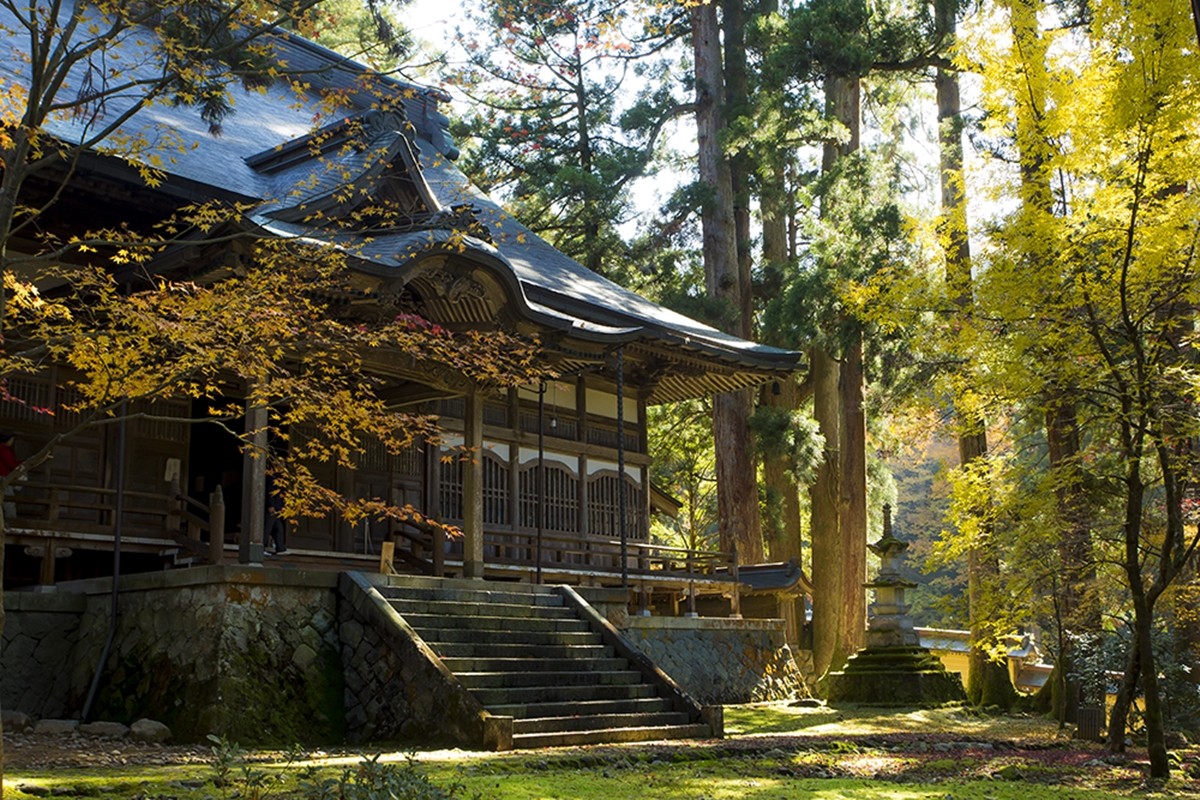
Eiheiji Temple is the head temple of the Soto sect, located in Eiheiji-cho, Fukui Prefecture. Even today, it is an important temple where many Buddhist monks are currently practicing. In 2015, it was rated as two stars in the French travel guide Michelin Green Guide Japan and became a hot topic.
What is Eiheiji Temple?
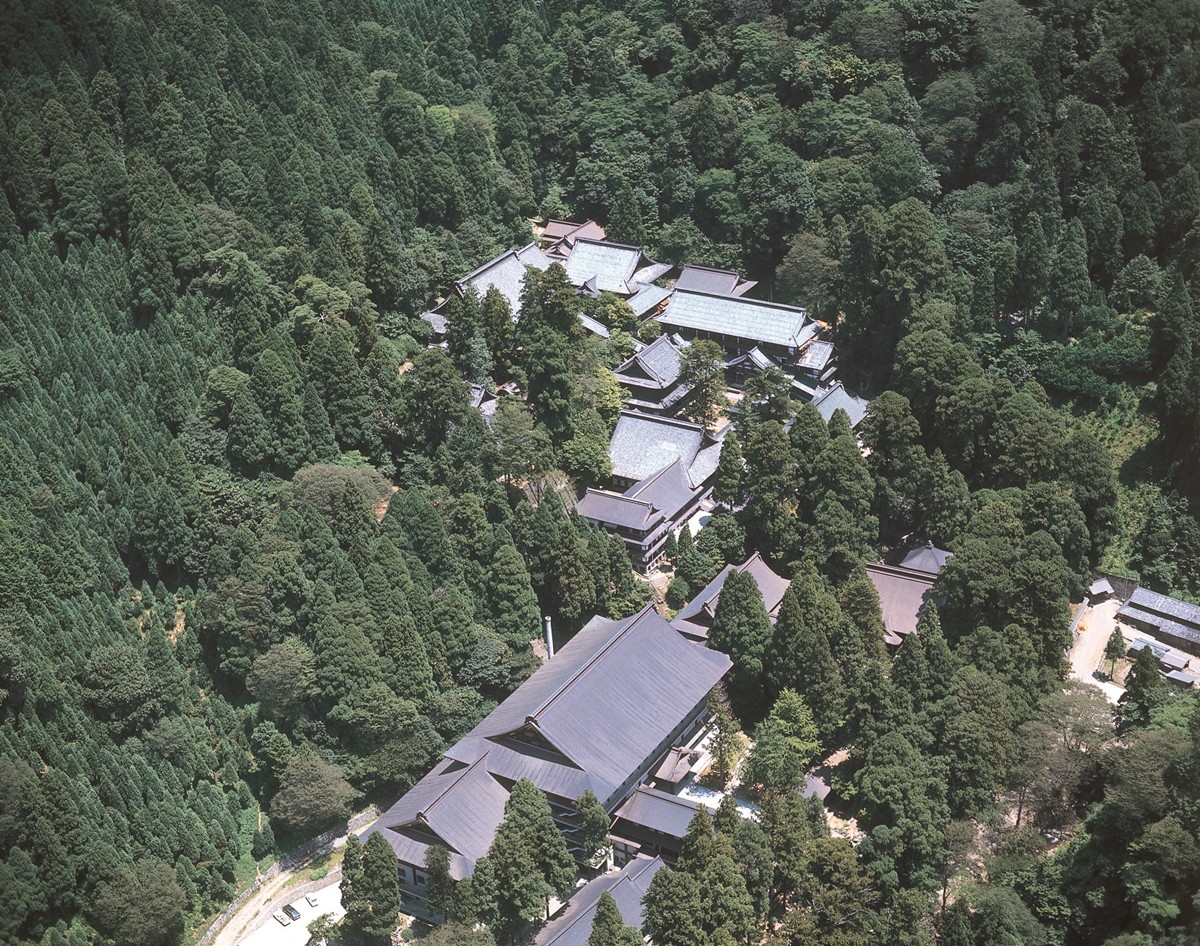
Eihe-iji Temple is a Zazen training dōjō (a hall or space for immersive learning or meditation) opened by Dogen Zenji. In 1244, when Dogen Zenji was 47 years old, the name of the dōjō was changed to Eiheiji and started teaching priests. Even after more than 780 years, Eiheiji Temple is still said to be the strictest in the Zen sect, and about 180 monks and nuns live and train there. There are more than 70 pavilions and halls on a vast site of over 330,000 square meters, among which 7 of the buildings, namely the Sanmon (temple gate), Butsuden (main hall), Sodo (monastery), Daikuin (kitchen hall), Tosu (lavatory), Yokushitsu (bathing room), Hatto (lecture hall), are all connected by corridors and collectively called the Shichido-garan. These buildings offer a glimpse into the lives of those who live there.
The Temple Gate and Stone Staircase Lined with 500 Year-Old Cedar Trees
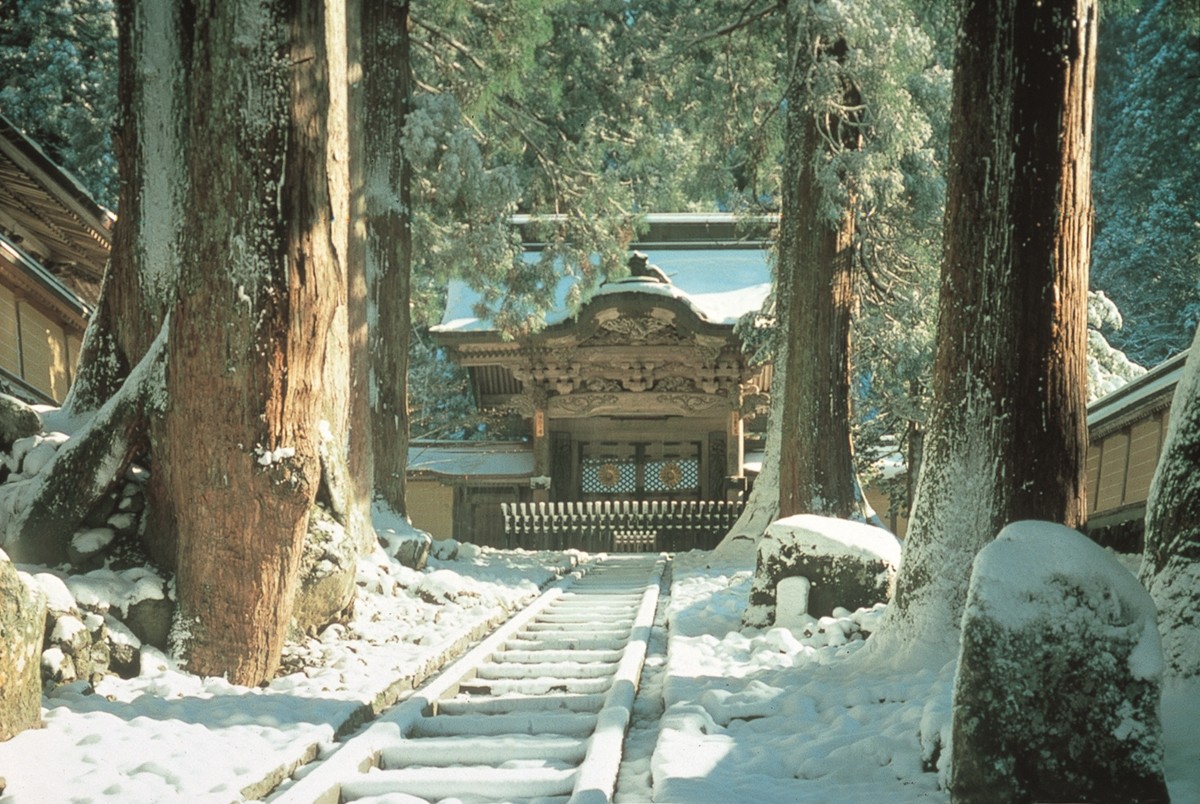
The Karamon Gate on the right side of the entrance is generally not accessible to the general public and can only be viewed from the bottom of the stone steps, but it is also popular as a photo spot because of its dignified structure. The gate is decorated with the chrysanthemum flower crest, the emblem of the imperial family. Be sure to check out the giant cedar trees next to the stone steps leading to the Karamon Gate, which are said to be about 500 years old!
Sanshokaku, the Hall of the Painted Ceiling

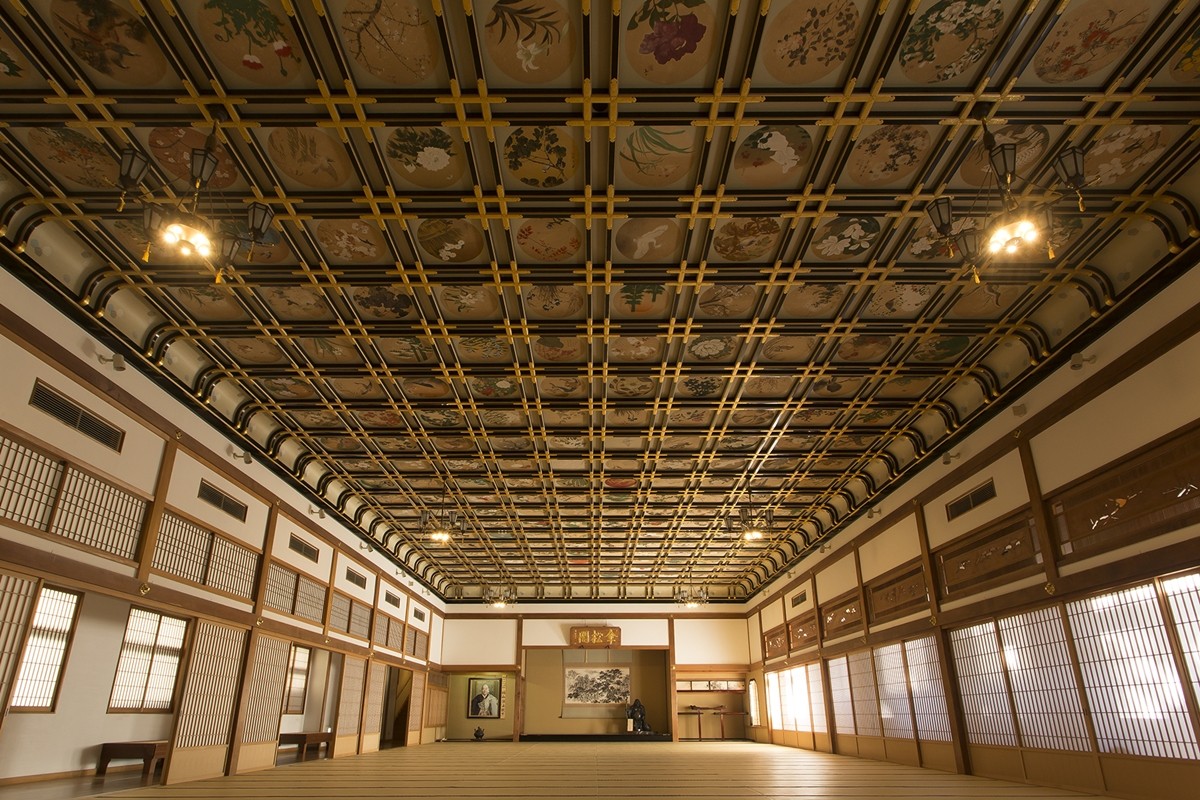
The Sanshokaku is a two-story building, the first floor has a waiting room and accommodations for worshipers, the second floor has a 156 tatami-mat sized hall, with 230 paintings by 144 Japanese painters on the ceiling. Most are Japanese paintings decorated with gold leaf, depicting natural subjects, among them a Koi carp climbing to the heavens, a painting of two white Koi carp, a white lion with a closed mouth, a blue lion with an open mouth, and a squirrel. Try to find them!
Hatto and Daikuin of Eiheiji Temple
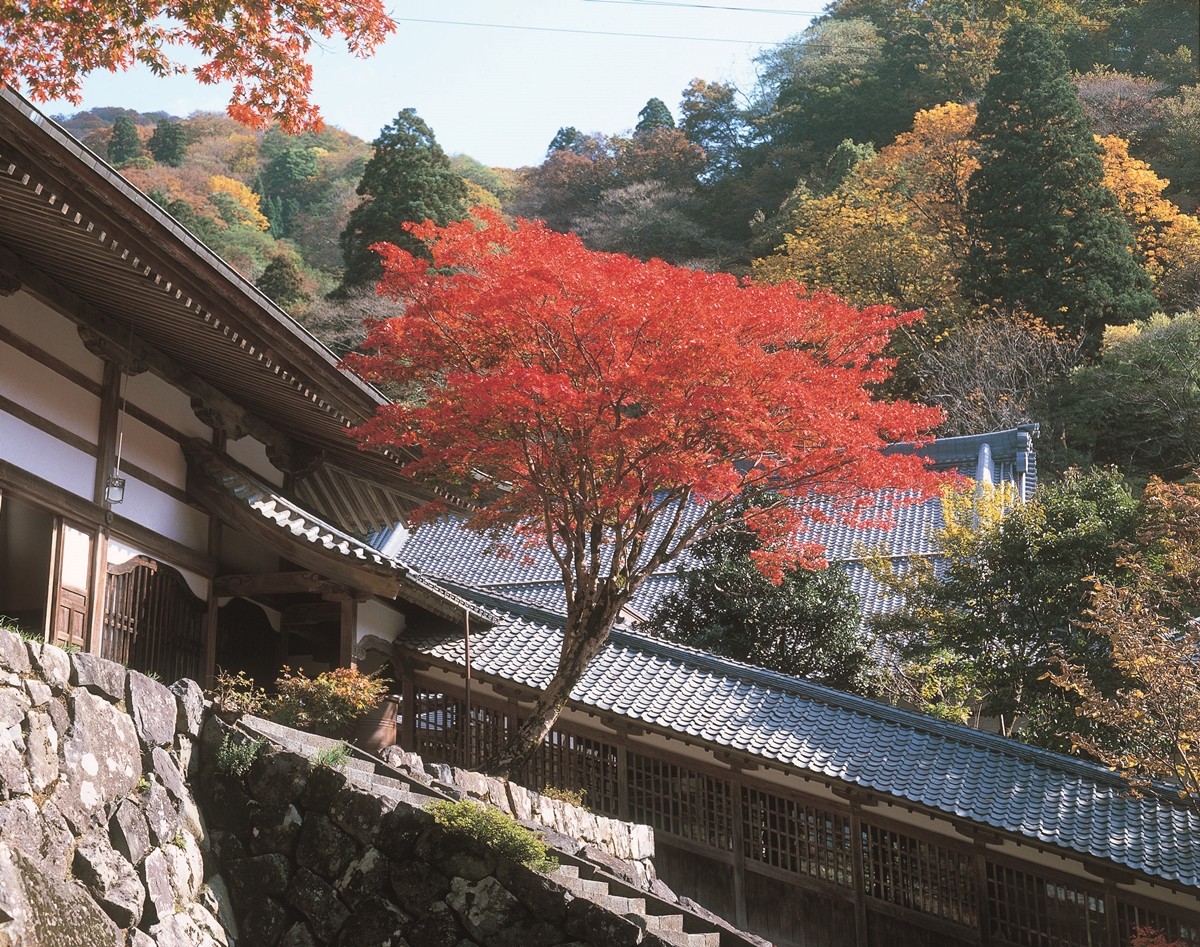
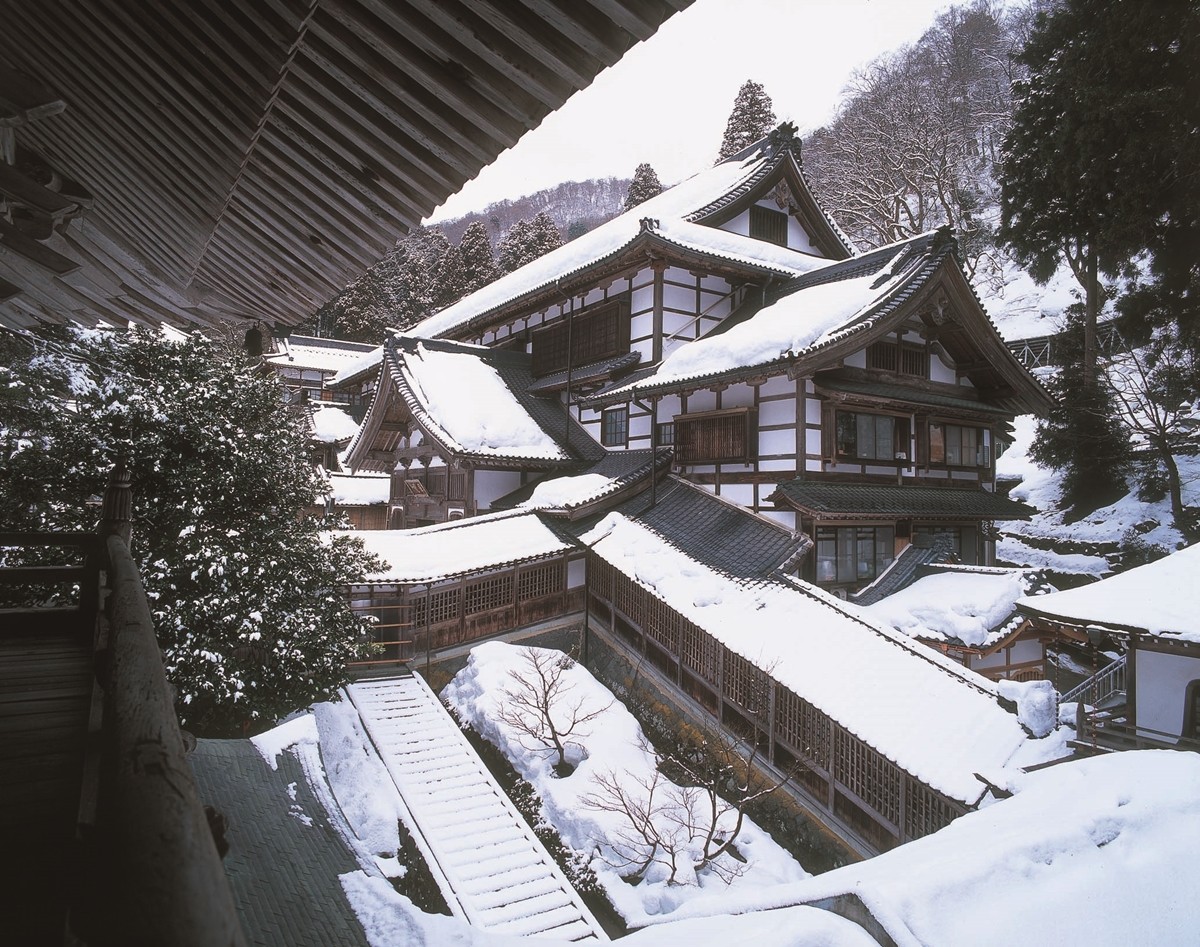
The Hatto is the main hall, in the highest position of the 7 buildings in the Shichido-garan. Various Buddhist services, such as the morning sutra reading are carried out in this building. The building is about 420 tatami mats in size, and Kannon is enshrined at the center of the building.
Also, in the Daikuin (kitchen hall), a monk who is in charge of cooking gets up every day at about 1:30 am and prepares the meals for everyone!
The Life of the Buddhist Monks
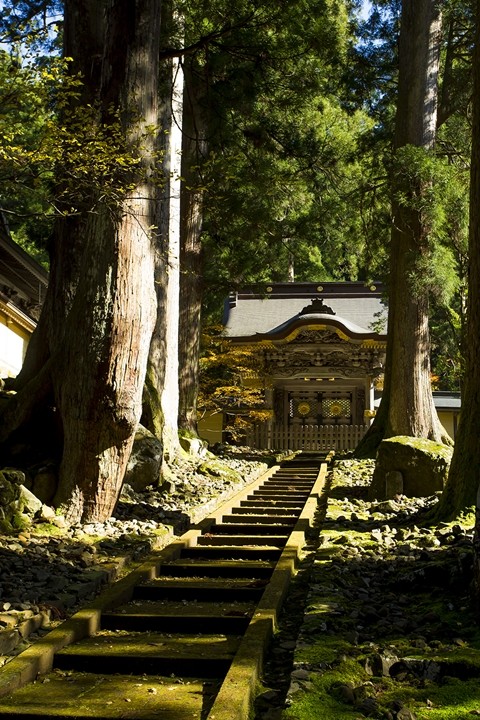
The three buildings of the Sodo (monastery), Yokushitsu (bathing room), and Tosu (lavatory) are called the Sanmoku Dōjō, and speaking is strictly prohibited there. In the monastery, each monk has one tatami mat of space, and it is the place where the monks take part in Zen meditation, eat their meals, and sleep. In addition, all bathing must be performed in accordance with the determined procedure, and formal bathing is only on days that end in 4 or 9. There is also a strict order of business in the lavatory. All aspects of their life are training. None of these buildings are open to go inside, so feel free to see them from outside.
About Shrine or Temple or Castle
- Established: 1244
- Principle Deities: Shaka Nyorai, Miroku Buddha, Amida Nyorai
- Festivals: Kuzuryu Festival “Eiheiji Dai-Toro Nagashi (hosted by Eiheiji-cho) ” (late August), etc.
Spot Information
- Spot name: Eiheiji Temple
- Street Address: 5-15 Shihi Eiheiji-cho Yoshida-gun Fukui-ken 910-1228
- Access: From Echizen Railway / Katsuyama Eiheiji Line “Eiheiji-guchi Station”, about 13 minutes by Keifuku Bus to “Eiheiji Mon-mae” or “Eiheiji”. The transfer from JR Fukui Station to Echizen Railway is most convenient at the east exit of JR Fukui Station. Alternatively, the limited express Eiheiji liner (Kyofuku Bus) runs daily from Fukui Station to Eiheiji Mon-mae. It takes about 30 minutes.
- Language: Official website and local brochure are available in Japanese and English only
- Ticket: 500 yen
- Holidays: Irregular holidays
- Visiting hours: 8: 30-17: 00 (varies depending on the season)
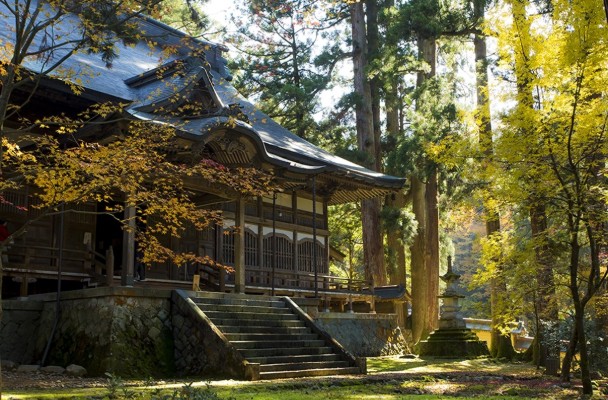
Comments